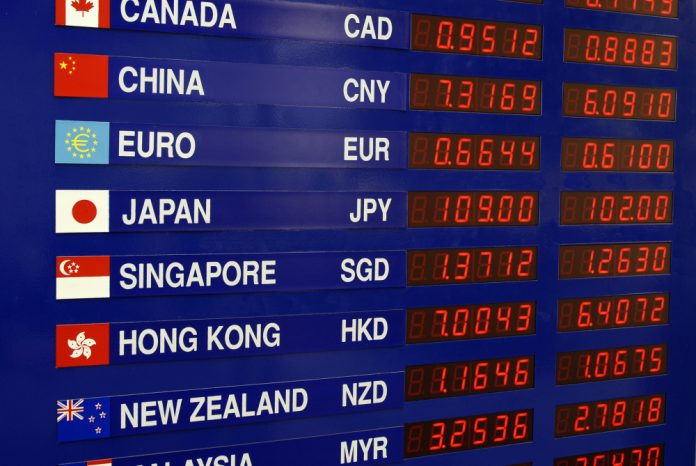Asian stock exchanges reflected a mixed performance on Friday, with all eyes on the forthcoming U.S. employment data set to be released later in the day.
During the morning sessions, Japan’s Nikkei 225 saw a rise of 0.6%, reaching 32,820.80. In contrast, Australia’s S&P/ASX 200 dropped by 0.4% to touch 7,278.30. South Korea’s Kospi remained almost unchanged, with a minor decline of less than 0.1%, settling at 2,556.57. China’s Shanghai Composite Index edged up by 0.4%, standing at 3,131.93.
In Hong Kong, trading activities were suspended due to the impending Super Typhoon Saola. This led to the shutting down of various institutions, including schools and businesses, adhering to official advisories.
Later today, the U.S. will unveil its job figures for August. The current strong job market and consistent consumer spending have been instrumental in warding off the expected recession this year. This scenario, however, has presented the Federal Reserve with the challenge of managing inflation and the consequent surge in wages and prices.
Wall Street’s previous day saw the S&P 500 surrender its initial gains, ending 0.2% lower at 4,507.66. Despite recent positive movements, the index ended the month of August with a 1.8% dip. Results from Dow Jones and Nasdaq remained mixed.
The market’s pullback in August is attributed to concerns about the Federal Reserve possibly sustaining high interest rates, especially considering the U.S. economy’s robust performance.
Recent data on employment, consumer sentiments, and inflation have rekindled expectations that the Federal Reserve may retain the current rates in the upcoming September meeting, mitigating the market’s setbacks in August.
Michael Antonelli of Baird expressed that consistent economic and earnings figures are essential. However, any variation in employment, inflation, or consumer spending could lead to a substantial decrease in rates, potentially elevating stock prices.
The latest governmental data revealed a subdued inflation rate in July, hinting at a slowdown in the surge of prices. Since 2022, the Federal Reserve has been assertively raising its primary interest rate, with a target of capping inflation at 2%. Chris Zaccarelli from the Independent Advisor Alliance commented that if inflation remains stable, additional rate hikes from the Fed might not be warranted.
In other market news, bond yields experienced another dip on Thursday. U.S. crude prices witnessed a slight rise in energy trading, and there were minor fluctuations in major global currency exchange rates.
Overall, global financial trends continue to be swayed by diverse economic pointers, from employment statistics to inflation dynamics. As Asian markets adapt and forecast future trajectories, international investors stay vigilant. The upcoming months are poised to challenge the mettle and flexibility of global financial systems, with the Federal Reserve’s choices being crucial to the evolving financial story.
Featured Image – Freepik










